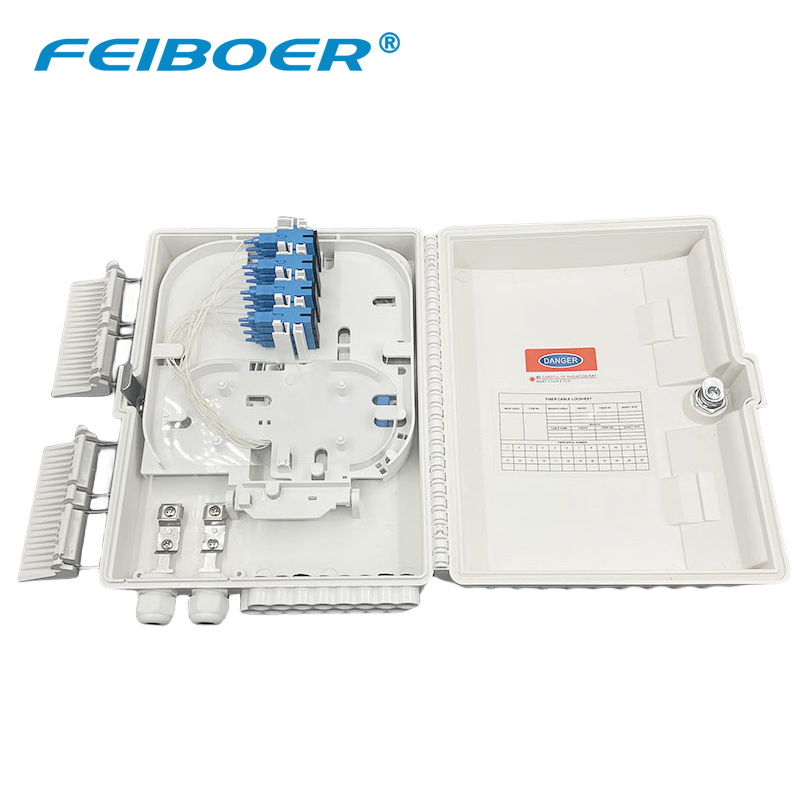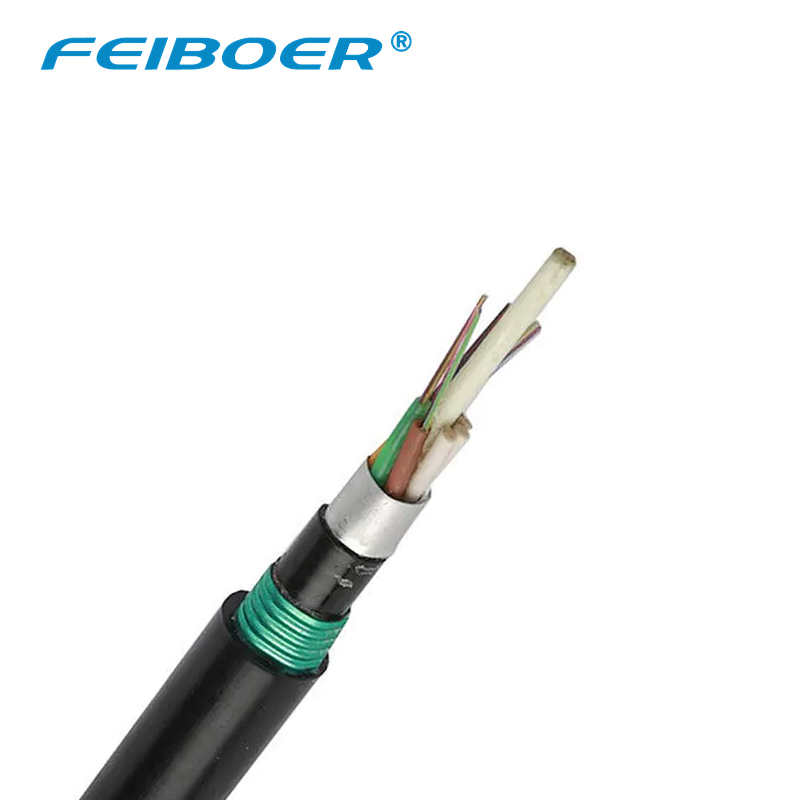A fiber distribution box is one more product widely used for a better performance of networks. It has the goal of protecting the connection point of the optical cable to access the user end, making it more stable, waterproof and dust-proof.
Find out the specifications of a fiber distribution box and know how to make the best choice when choosing one for your network.
What is a fiber distribution box?
A fiber distribution box is used to convert the distribution cable into individual cables to reach the end-user.
It provides a safe point to splicing, splitting, branching, straightthrough or fiber termination, protecting from environmental hazards like dust, moisture, water or UV light if used outdoor.

Talk to our team today
We take pride in providing timely, reliable and useful services

 ADSS Fiber Optic Cable
ADSS Fiber Optic Cable ASU Fiber Optic Cable
ASU Fiber Optic Cable OPGW Fiber Optic Cable
OPGW Fiber Optic Cable FTTH Fiber Optic Cable
FTTH Fiber Optic Cable Figure 8 Fiber Optic Cable
Figure 8 Fiber Optic Cable Photoelectric Composite Fiber Optic Cable
Photoelectric Composite Fiber Optic Cable Underground & Pipeline Fiber Optic Cable
Underground & Pipeline Fiber Optic Cable Air-Blown Micro Fiber Optic Cable
Air-Blown Micro Fiber Optic Cable Indoor Fiber Optic Cable
Indoor Fiber Optic Cable Fiber Optic Distribution Box
Fiber Optic Distribution Box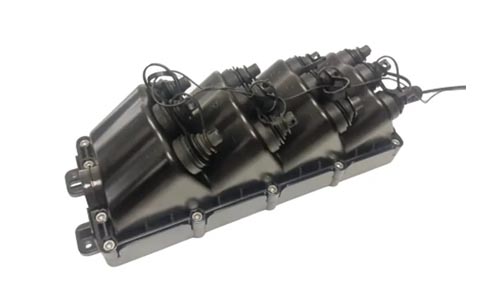 Multiport Service Termina Box
Multiport Service Termina Box Fiber Optical Terminal Box
Fiber Optical Terminal Box Fiber Optic Splice Closure
Fiber Optic Splice Closure Fiber Optic Clamps
Fiber Optic Clamps Fiber Optic Cable Fittings
Fiber Optic Cable Fittings ADSS Fiber Cable
ADSS Fiber Cable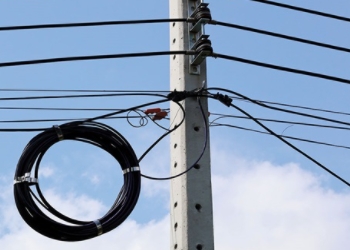 ASU Fiber Cable
ASU Fiber Cable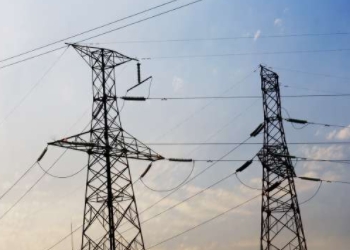 OPGW Fiber Cable
OPGW Fiber Cable FTTH Fiber Cable
FTTH Fiber Cable Figure 8 Fiber Cable
Figure 8 Fiber Cable Photoelectric Composite Fiber Cable
Photoelectric Composite Fiber Cable Underground & Pipeline Fiber Cable
Underground & Pipeline Fiber Cable Air-Blown Micro Fiber Cable
Air-Blown Micro Fiber Cable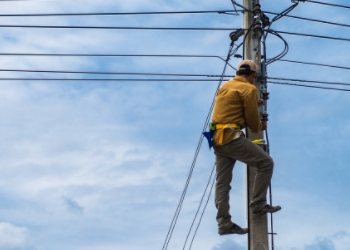 Aerial Fiber Cable
Aerial Fiber Cable Indoor Fiber Cable
Indoor Fiber Cable Fiber Optical Terminal Box
Fiber Optical Terminal Box Fiber Optic Distribution Box
Fiber Optic Distribution Box Multiport Service Termina Box
Multiport Service Termina Box Fiber Optic Clamps
Fiber Optic Clamps About Us
About Us Our Team
Our Team History
History R&D Strength
R&D Strength Production Base
Production Base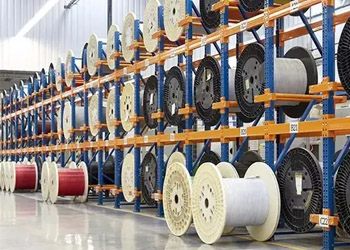 Warehouse & Logistics
Warehouse & Logistics Quality
Quality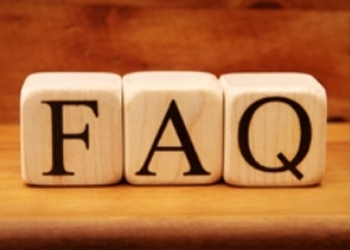 FAQs
FAQs



